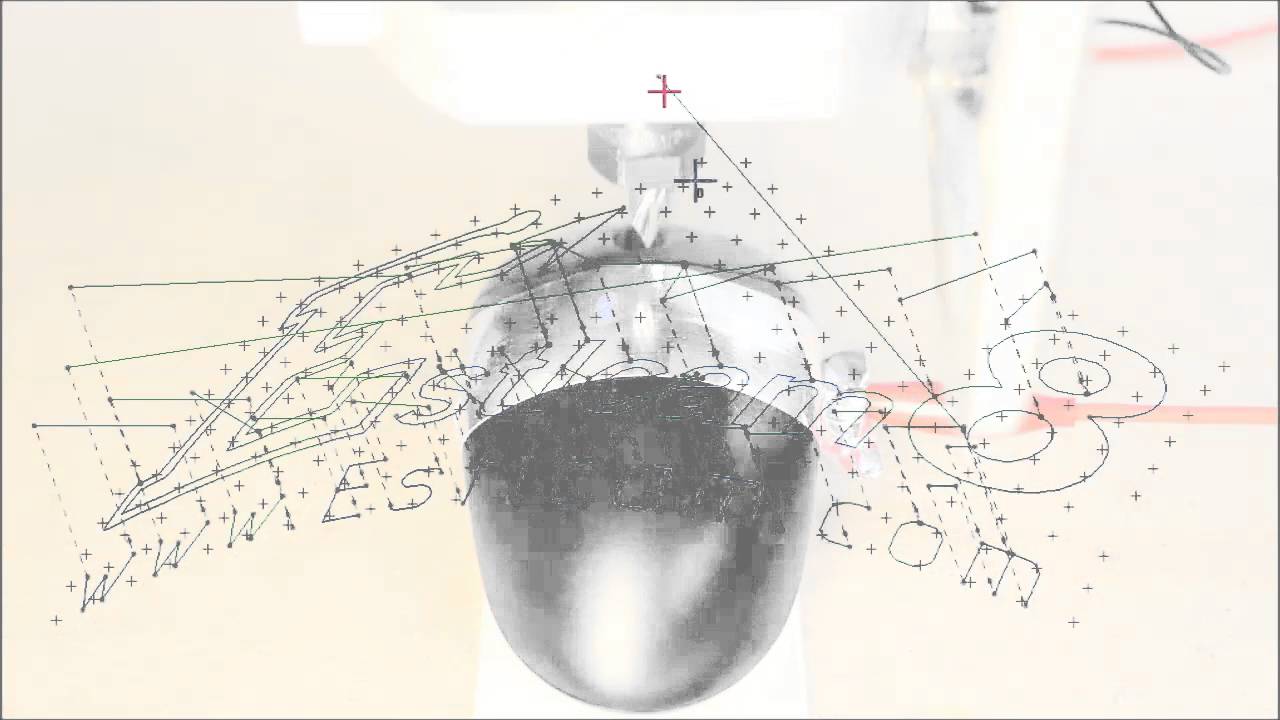Has anyone tried a BL Touch probe on a LR2 with a Ramps 1.4 and the latest Marlin 2.1.1?
A touch probe is far more useful. Unless you will not be using an end mill.
The reason is that the bit is always a different length whenever you chuck it. So knowing the height of the bl touch probe is not useful. Using the bit as a touch probe is super useful, and easy to use.
Sorry I should have really explained that further. Thanks Heffe!
Ok, I’ll rephrase the question. Replace the BL Touch probe with the router bit.
But actually, the BL Touch can still be used if you use an offset for the router bit and then use the BL touch to establish the levelness of the bed, correct?
So you are trying to do bed mapping not just zeroing the router. Not sure if I’ve seen anyone attempt it with a CNC. Seems like leveling the spoil board should reduce your map to nearly flat anyway unless your were trying to engrave a non flat object or something “special”.
Can you provide your use case?
If you can ensure the router bit and BL touch are stationary to each other at all time…then yes…
As @Mcunn said it depends a lot on what you are trying to achieve:
- Usually a touch plate is used for initialize routing and CNC and figuring the router bit position relative to your part and the bit length/diameter offset.
- Probing with the router bit is usually used in PCB milling using the PCB copper has the other end of your circuit.
- Touch probes can be used for determining holes centers and scanning surfaces to do surface engraving on concave/convex surfaces.
That also depends on the type of probe. In you case a BLTouch probe is a single axis probe and single direction only.
Try this link:
It’s a tutorial for using ESTLCAM for mapping and engraving a mouse. He uses conductive tape instead of a mechanical probe.
If you are using an endmill in the end using a touch plate can do anything a bltouch can do with the added bonus if being more precise since there is not bl to endmill conversion.
If you want to do mesh material conversion, yes we can do that. You will need to edit, recompile, and flash the firmware. You will need to add the size of the material to probe and how many probe points you want in your grid.
Or you can just enable it in the firmware, compile, flash and to the rest on per use basis with M and Gcodes, shown here. Bed Leveling (Linear) | Marlin Firmware
I am not sure to what extent the mesh will bend.
Can you give us the specific reason not to surface your material to start with a flat work surface? Even if you were doing something very precise like PCB milling, the best route is to surface the fixture before mounting the pcb then mill. If there is a solid reason to enable mesh leveling I might so it for all firmware.
Just to be clear this only works with a ESTLCAM board and his firmware. This will not work with Marlin, it will be close but I am not sure how far Marlin will warp the mesh.
The other trouble with a bltouch is that it only retracts a few mm. That is fine for a 3DP, but we mill 18mm deep. So you need some way to attach and remove it.
Mesh leveling is something we need to explore more. My first attack would be to set up bilinear mesh leveling and then adjusting the parameters of G28 to only probe the workpiece. I would use a touch spate to start. The only downside is that a human has to move the touch plate for the entire leveling process. An automatic sensor like the bltouch would work better. But I wouldn’t mess with it until I had a good process with the touch plate. Ideally, there would be a macro or post processing function to build the G28 command to eliminate simple mistakes.
I think this would be a killer feature for things like engraving a cutting board with a vbit. Making a mesh for the whole 18x24" cutting board and then getting perfect engraving on the whole thing would be great. I am imagining all those big american flag builds, or cutting boards with college team logos on them.
Some similar things have been done before. bCNC and Estlcam controllers can do surface mapping. I remember someone measuring and storing a mesh for their entire low rider to account for gantry sag (on a LR1, which was larger than a standard sheet in width).
I’m confident it is possible. When someone figures it out and then communicates it well, we can build instructions for it.
Yeah I knew it required ESTLCAM didn’t know it needed a special board thats a bummer.
The capacitive tape idea was the thing I bookmarked it for. Would allow sampling using the bit over a wider area.
There was a time when it worked with a ramps board but here stopped supporting it. So now there are a few estlcam specific boards out there.
Problem with Estlcam is that it natively only supports three drivers/motors, so you have to double them with the wiring. There is a new board, the Open CNC Shield 2 I bought that can work with 6 drivers, the endstops are managed by an ESP32.
